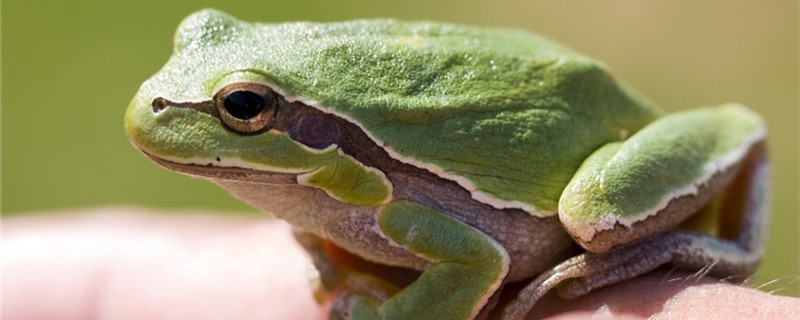
else can frogs breathe with besides their lungs? Frogs are amphibians that live in water when they are young and can move ashore when they become frogs. Larval and adult stages are very different, and the respiratory organs used are also different. Frogs breathe with gills in the larval stage and mainly with lungs in the adult stage. After metamorphosis, the frog develops a more advanced structure of lungs, which is more efficient than gills.
But frogs don't just breathe through their lungs; they also breathe through their skin. There are dense blood vessels and pores under their skin, through which they can breathe air, absorb oxygen from the air into the body, and emit part of the carbon dioxide produced by the body. Their skin plays a role in assisting breathing, and this role is very important. Sometimes the amount of oxygen inhaled by the body accounts for 40% of the total amount of oxygen inhaled. When the frog's skin is moist, it can play a better role in assisting breathing.
with their gills? Not only can frogs breathe with their lungs, but their skin also plays a supporting role. However, after metamorphosis and development into frogs, they can not breathe with gills, because the gill structure no longer exists. In the tadpole stage, they can breathe with gills, because they still have gills and can breathe freely in the water. When they breathe with their lungs, they can't breathe freely in the water, so they can't stay for too long.